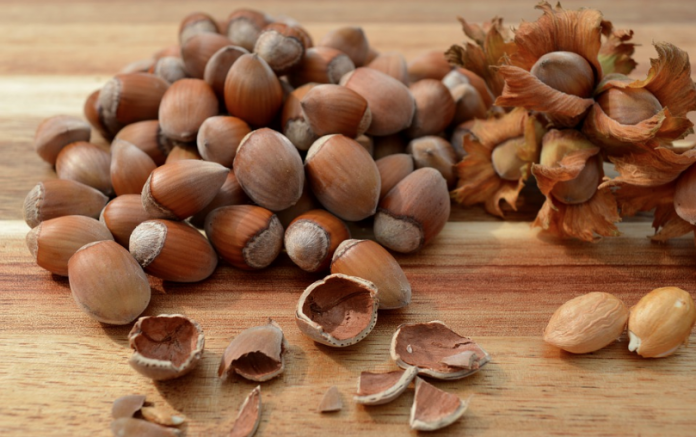The American Hazelnut is a multi-stemmed shrub that grows in a wide variety of locations across the United States. If you’re lucky enough the have one on your property, you probably already know it produces delicious nuts every fall that can be roasted, eaten as a spread or used in a number of baked goods.
Primetime to harvest hazelnuts in the Midwest is from the end of September into October. Learn how to correctly identify, harvest and enjoy them.
Finding and identifying the American Hazelnut
The American Hazelnut can be found in hardiness zones 4-9, which basically covers the entire United States. It prefers full sun to partial shade, meaning it needs at least four hours of direct sunlight each day. Additionally, it grows in a wide variety of soils, including acidic, alkaline, loamy, moist, rich, sandy, well-drained and clay soils and it is drought-tolerant.
The American Hazelnut can be found at the edges of woodlands, planted in parks and gardens and just about everywhere in between. The key to finding it is being able to identify its unique characteristics.
- Size. A mature shrub grows to about 15-20 feet tall with a spread of 10-12 feet.
- Appearance. The hazelnut grows in a rounded shape with a multi-stemmed form and a wide-spreading base.
- Leaves. Hazelnut leaves are slightly hairy and alternate with heart-shaped sides.
- Flowers. The hazelnut has distinct flowers, growing both male and female flowers on the same shrub. yellowish-brown male catkins adorn the shrub in the late fall and scaly, green female flowers bloom on it in the spring.
- Nuts. Smooth brown nuts (also called filberts) form in the sticky green and pokey bracts of the flowers, ripening in fall.
Harvesting hazelnuts
The main challenge of harvesting hazelnuts is beating the local wildlife to them. They are a preferred food source of squirrels, deer, turkey, woodpeckers, pheasants, grouse, quail and bluejays. Additionally, the catkins are a food staple of the roughed grouse during the winter.
Due to the ample interest of a variety of wildlife, foragers should keep a close eye on ripening hazelnuts prior to harvest, checking frequently until they are ready to harvest. When they are ready they can be picked off the shrub and collected from the ground.
Once they are collected they should be dried thoroughly in their brown hulls and stored in a cool dry place until they are used. Sticky bracts need to be removed before shelling hazelnuts to use.
Enjoying hazelnuts
Hazelnuts are versatile and can be used in a number of dishes and baked goods. Their flavor pairs well with both sweet and savory foods.
- Roasted Hazelnuts. Roasting hazelnuts is one option. Dry roasting increases the toasted flavor of the hazelnut and helps with digestibility. Roasted hazelnuts can be added to salads or eaten alone as a snack.
- Hazelnut spreads. Hazelnuts can be ground to make a spread. Nutella is a well-known hazelnut spread. You can make your own version at home or make a base for ice cream or chocolate mouse using ground hazelnuts.
- Hazelnut baked goods. Hazelnuts can be used in variety of baked goods. They can be substituted in recipes that call for almonds or pecans and added to brownies, cakes and cookies.















